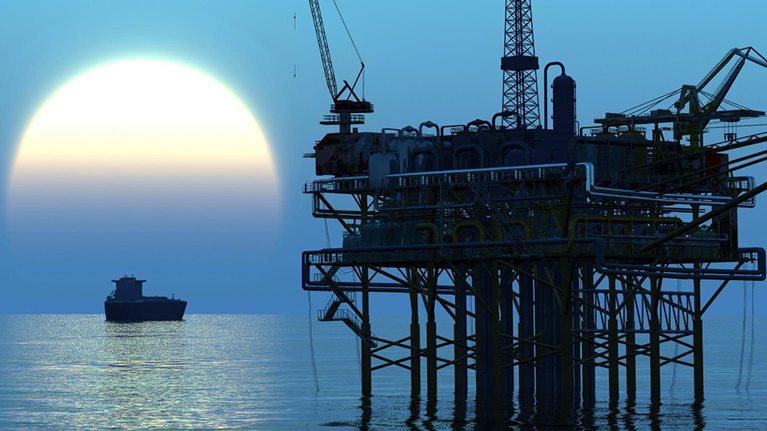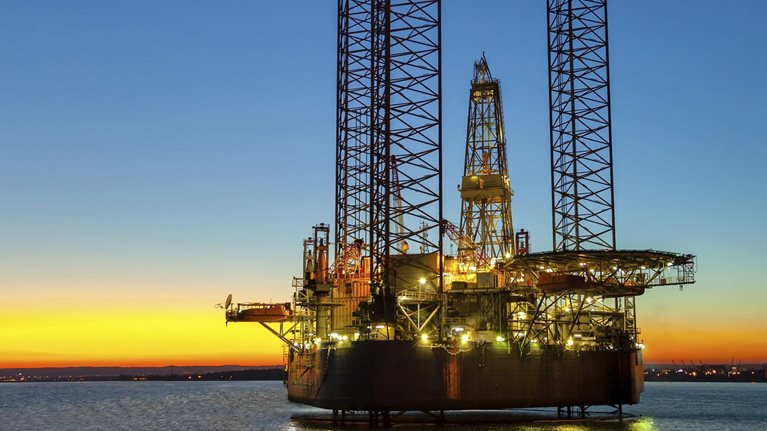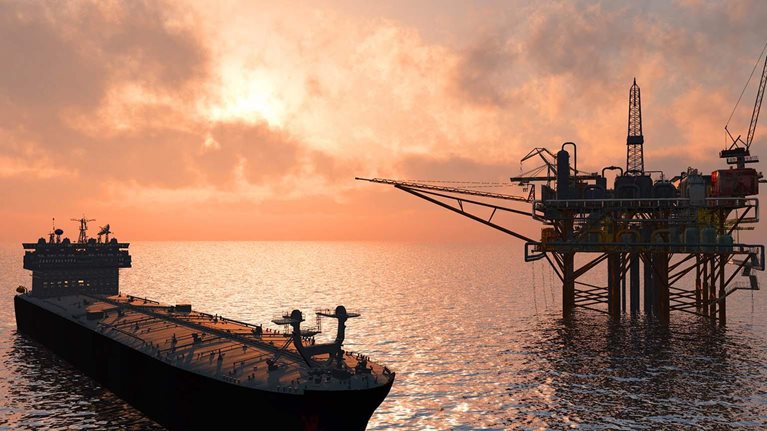Over the past 24 months, companies in the oil and gas supply chain have gone from boom to bust. Operators faced with crumbling crude prices have cut back sharply on supply-chain spending. As a result, oil-field service and equipment (OFSE) companies are seeing business evaporate. They have cut costs and, in some cases, changed business models in response. However, in pursuit of sustainable cost reductions and near- and long-term profitability, both operators and OFSE companies have begun to work together. Right now, OFSE companies in particular are exploring five strategies to accommodate this changed environment: cost cutting, vertical integration, new revenue models, consolidation, and new equipment and service models.
1. Cost cutting: A diet for the overweight
The cost cutting required to address falling revenues has come as a shock to an industry that over the years had grown fat and happy on high prices.
The good times resulted in multiple years of cost inflation, with expenditure per barrel rising between 5 and 15 percent each year since 2009, depending on the service and the geography. Offshore fields in particular saw costs rise significantly, resulting in high break-even levels. In the North Sea, for example, the cost of extracting a barrel of oil equivalent more than doubled, from just over $8 a barrel in 2010 to around $17 a barrel just three years later.
On the plus side, all that fat offers plenty of opportunities to slim down and optimize costs.
Operators are now rediscovering the spirit of efficiency. For example, independent operators in US onshore have been able to raise production per well while lowering cost per barrel by using improved horizontal drilling techniques, and longer wells with more frac stages, along with super fracking, where drillers pump a lot more proppant (sand) into their wells. In the North Sea, too, 2015 saw a long-overdue cost improvement. According to McKinsey’s North Sea operating benchmark, 2015 lifting costs declined by 20 percent.
Would you like to learn more about our Oil & Gas practice?
Operators focused at first on tactical initiatives such as project postponements, expenditure cuts, and staff reductions, and OFSE firms responded by cutting back on their own service and manufacturing footprint to cope with less activity, lowering their costs for solutions delivered by 20 to 30 percent. However, now that operators are taking more strategic steps—including optimizing operations, exploring supply-chain collaborations, finding new revenue models, and adopting new technologies—OFSE players are following suit.
2. Vertical integration: One-stop shop
Collaboration is a particularly effective way to lower costs and simplify contractor management. Combining equipment, software and engineering, or other combinations of service offerings can unlock significant value for customers.
Many services and equipment purchases currently are outsourced to a variety of providers, which results in complexity and a fragmented supplier base. Multiple OFSE companies are now bringing these services in-house, with integrated offerings reducing coordination costs. This can lead to savings of up to 30 percent. For example, Schlumberger’s SIS division is offering a software backbone based on its Petrel software platform. This allows an operator to develop a view of the potential for oil and gas in a reservoir, model the field, plan the wells, and complete the design.
While companies are developing integrated offers in-house, many also are partnering or merging with others to provide a wider range of services. In the subsea sector, Cameron and Schlumberger formed the OneSubsea alliance in 2013 to offer reservoir-to-surface services, integrating SLB’s reservoir and well technology with CAM’s wellhead and surface technology (sensors, controls, software, and analytics) to create complete drilling and production systems, thereby gaining annual cost and revenue synergies estimated at $600 million per year. (Schlumberger acquired Cameron in 2015.)
Another recent and major convergence was FMC Technology with Technip, announced May 19, 2016, aimed at redefining the way subsea fields are designed, delivered, and maintained. This merger allowed the combined companies to offer a complete suite of subsea equipment: Technip’s Genesis engineering, procurement, construction, and installation (EPCI) capabilities and its Subsea, Umbilicals, Risers, Flowlines (SURF) solutions with FMC’s equipment portfolio. The companies announced significant projected cost savings of $200 million in 2018, and at least $400 million in 2019 and beyond, which would be achieved through a combination of supply-chain efficiencies, real estate and infrastructure optimization, and organizational efficiencies.
3. New revenue models: Sharing financial risks for future rewards
New revenue models have emerged across the OFSE sector, including performance-based contracts that combine equipment and services, and participation in project financing (equity in exchange for equipment and service). In this way, OFSE companies are able to give operators more flexibility by reducing their cost base and need for investment in difficult times. This loads more capital expense on the shoulders of OFSE providers, but it also can create a more stable income flow.
GE, for example, has signed a deal with drilling company Diamond Offshore, in which GE would retain ownership of eight Blow Out Preventers (BOPs), and guarantee their performance through payments tied to the rig’s activities, and BOP performance. This model shifts capital expenditure up front, with the service company (in this case GE) taking on more of the burden.
This model, however, requires sophisticated financial modeling and intense cooperation—sometimes, more than companies can achieve. For example, SLB’s deal with E&P company Ophir to provide services in kind (and, effectively, financing) to the Fortuna LNG project collapsed in late April 2016. Ophir had sunk $600 million into the scheme before SLB offered an additional $450 million required to get to first gas, along with $30 million from Ophir, in exchange for a 40 percent stake. Ophir said only that the two companies were “unable to complete the transaction on the terms agreed.”
4. Consolidation: Increasing concentration
M&A activity in the OFSE industry can be characterized as the consolidation of similar types of businesses (such as Nabors and C&J oil-field service activities, or Halliburton and Baker Hughes’ proposed merger, now aborted), as well as integration along the field life cycle (such as Schlumberger’s acquisition of Cameron or FMC’s merger with Technip).
McKinsey believes that there will be much more consolidation across segments of the OFSE sector as oil prices stabilize. Many companies today are a fraction of their former scale; they could benefit from the savings in costs provided by a merger with a direct peer. The drilling sector, in our view, is ripe for consolidation.

Tough first quarter ends with signs of finding a bottom
5. New equipment and service models: Design to value
Sustained investment in new technologies is allowing some companies to capture new growth. Today’s low oil price has created a new passion for efficiency, which highlights new technologies that can drive efficiencies—albeit at a limited investment cost.
Advanced services—such as Logging While Drilling, which allows for the generation of well data during the drilling phase, Rotary Steerable drilling, and smart (offshore) completions—are being sought by upstream operators. OFSE companies should consider investing in such capabilities and increasing the use of digital technologies in general as a way to achieve efficiencies, win business, and help develop new business and revenue models. The sector has been slow to adopt digital techniques that are widely in use elsewhere, representing a clear area of potential opportunity. For example, a lot of investment is being made in automating the drilling and completions work flow, leading to less people required and better information from the various processes in the work flow.
Many OFSEs now are redesigning equipment with more modular designs in order to drive out inefficiencies. In the past, many products were not designed with cost, or total cost of ownership (TCO), in mind. Taking a hard-nosed look at design from a cost standpoint can result in 15 to 30 percent savings. In the absence of modular design, procurement and manufacturing cannot benefit from economies of scale. For example, Schlumberger’s new Rig of the Future is a critical enabler for its vision of an integrated drilling and completion services offering.
Today, there is little leeway for inefficiencies in the OFSE sector. Although eliminating those inefficiencies comes with a cost, companies that delay taking their medicine will suffer for it. For some, survival may require nothing less than shock therapy.
Going forward, OFSE companies should ask themselves whether they are well positioned to face a volatile and uncertain future. To test whether they are pursuing the right strategies, they should ask themselves a few critical questions, such as the following:
- Do you have an operating model that is resilient to changes in the industry?
- Do you have the right collaboration models with customers and other suppliers?
- Are you able to address the need to reduce cost for your customers, for example, through standardization?
- Are you using digital/data and analytics as a potential game changer?


